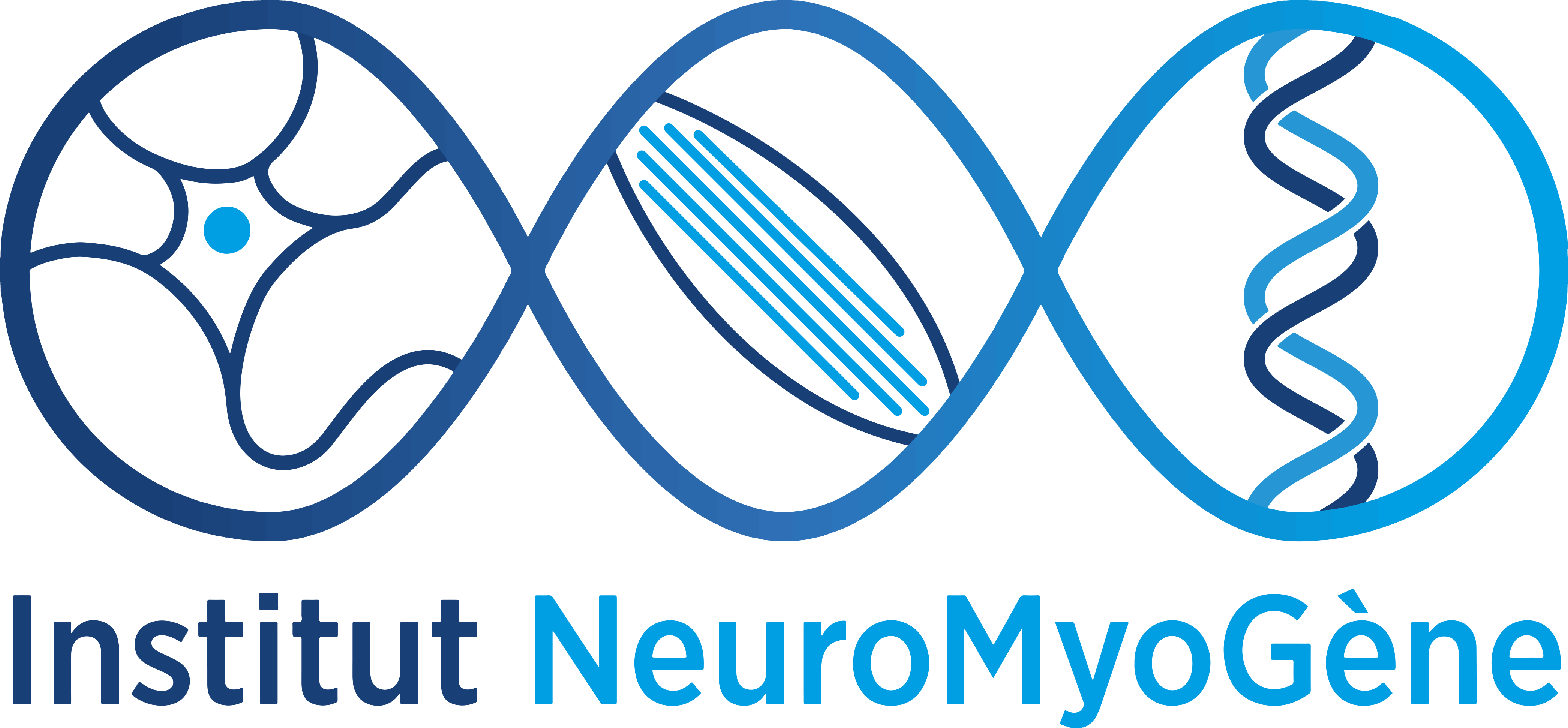Bruno Antonny,
Institut de Pharmacologie Moléculaire et Cellulaire, Université Côte d’Azur et CNRS
Valbonne, France
Invited by Bruno Allard
« Dynamics of lipid exchange at membrane contact sites between cell organelles »
Abstract. Cell organelles do not have the same lipid composition. Synthesized in the endoplasmic reticulum, cholesterol is only tolerated at low levels (≈ 5%) in this compartment. In contrast, it is abundant in other compartments, notably at the plasma membrane. The oxysterol binding protein (OSBP) efficiently transports cholesterol from the ER to the trans Golgi network (TGN) owing to three properties. First, the molecular architecture of OSBP allows the protein to act both as a tether between the ER and the TGN and as a shuttle to transport cholesterol. Second, OSBP uses another lipid, PI(4)P, as an energy source to rapidly transport cholesterol. PI(4)P appears as a kind of lipid form of ATP whose hydrolysis determines the irreversibility of lipid transfer reactions. Third, the presence of intrinsically disordered regions in OSBP allows the protein to remain dynamics, despite high molecular crowding in the narrow membrane contact site environment. Overall, OSBP serves as a model to understand lipid exchange at contact sites between cell organelles. The OSBP model has also implications for our understanding of infection phenomena where RNA+ viruses hijack lipid transfer reactions to build their replication organelle. Intriguingly, OSBP is also the target of natural molecules, the schweinfurtins, which have anticancer effects.

